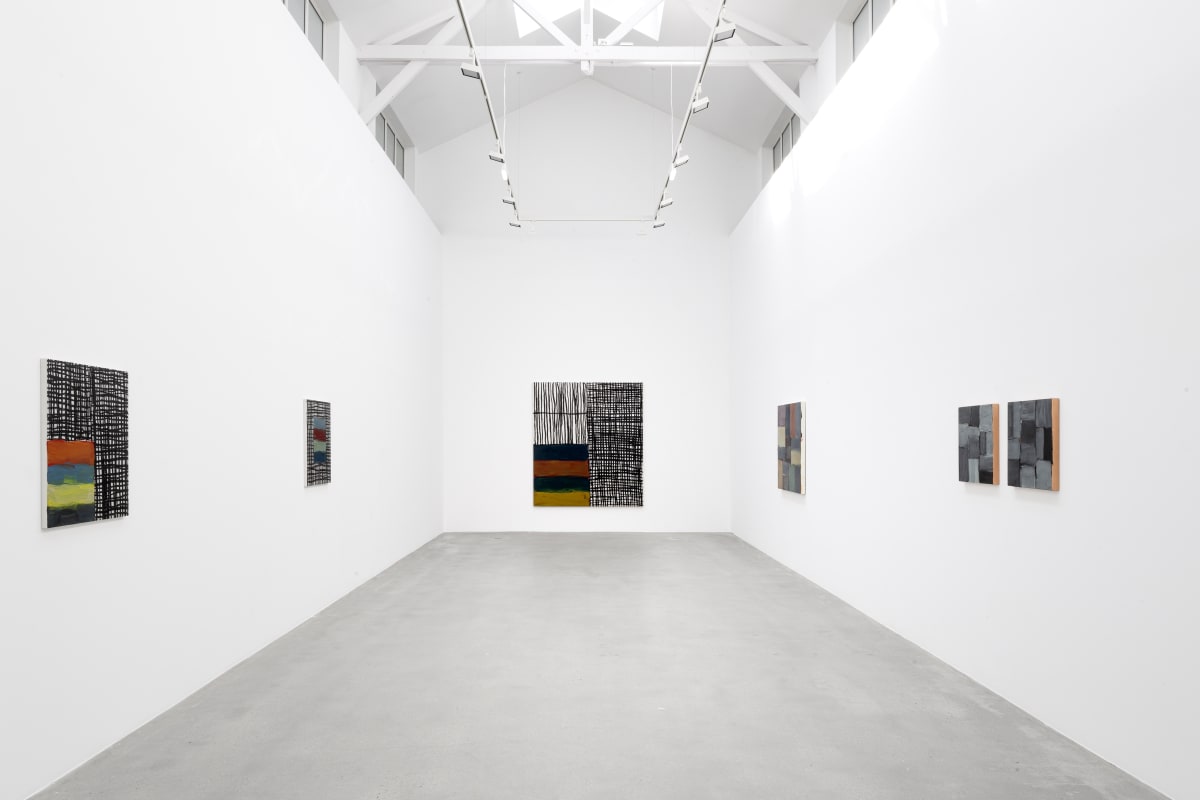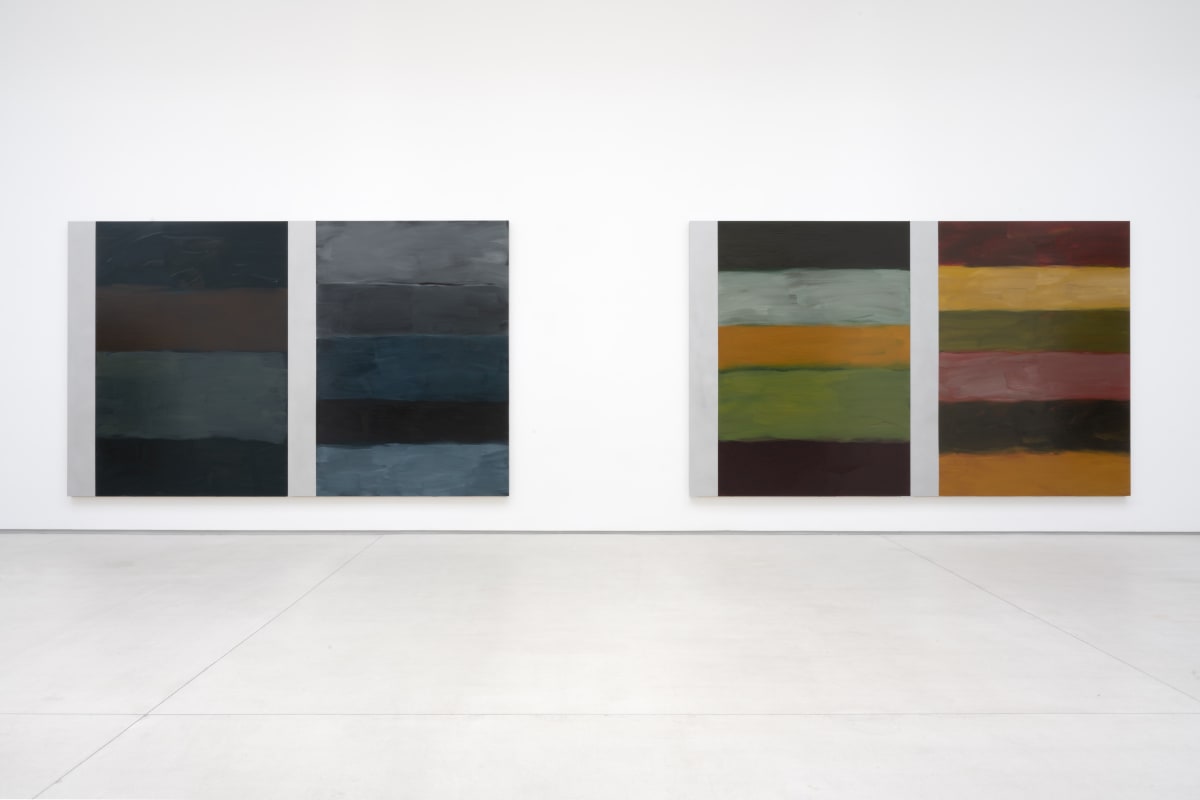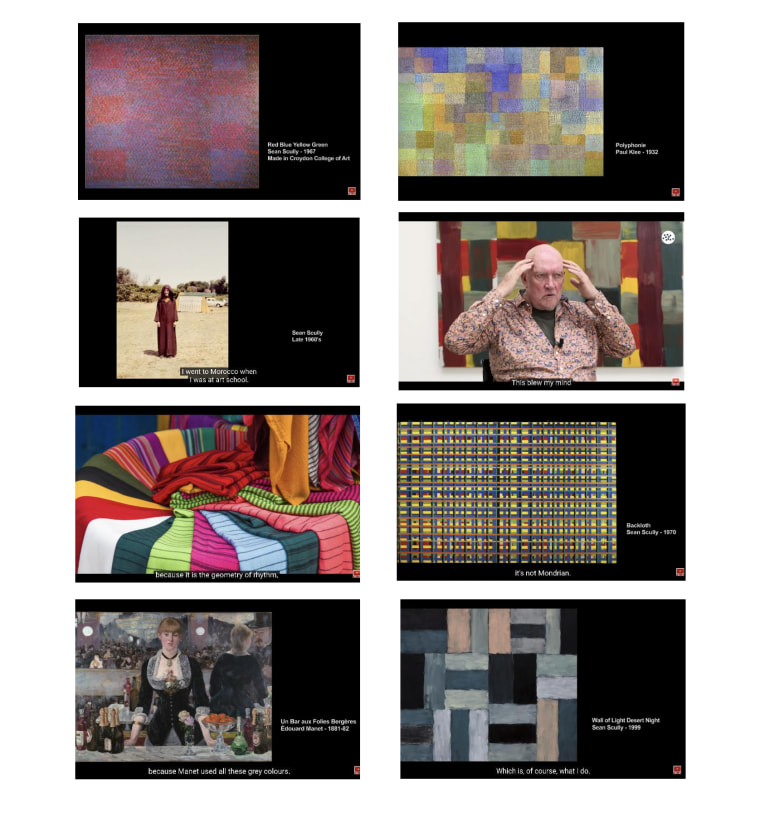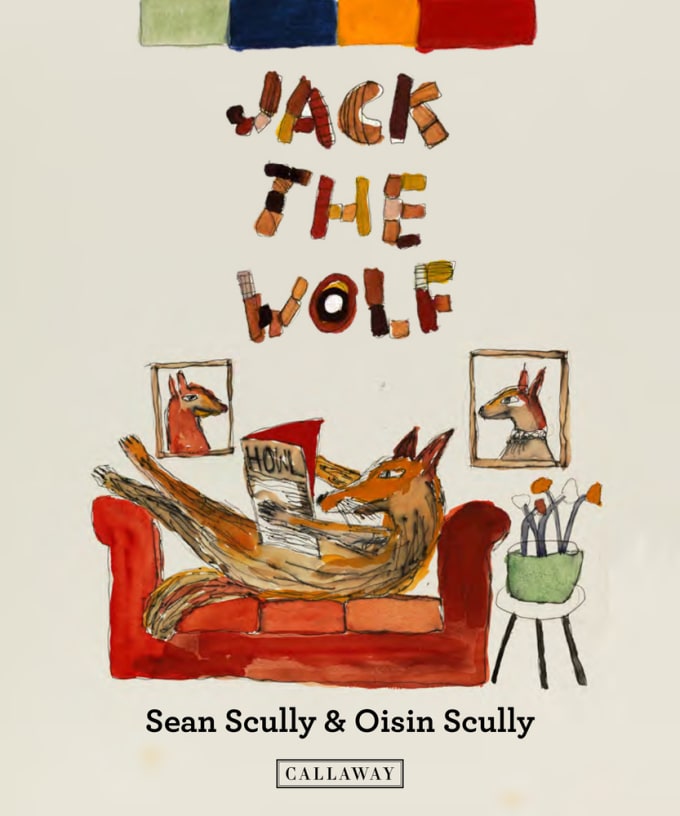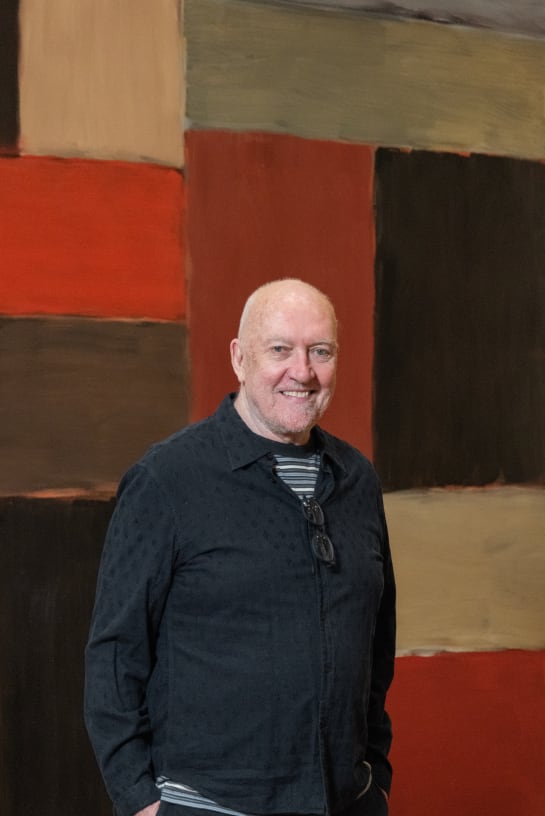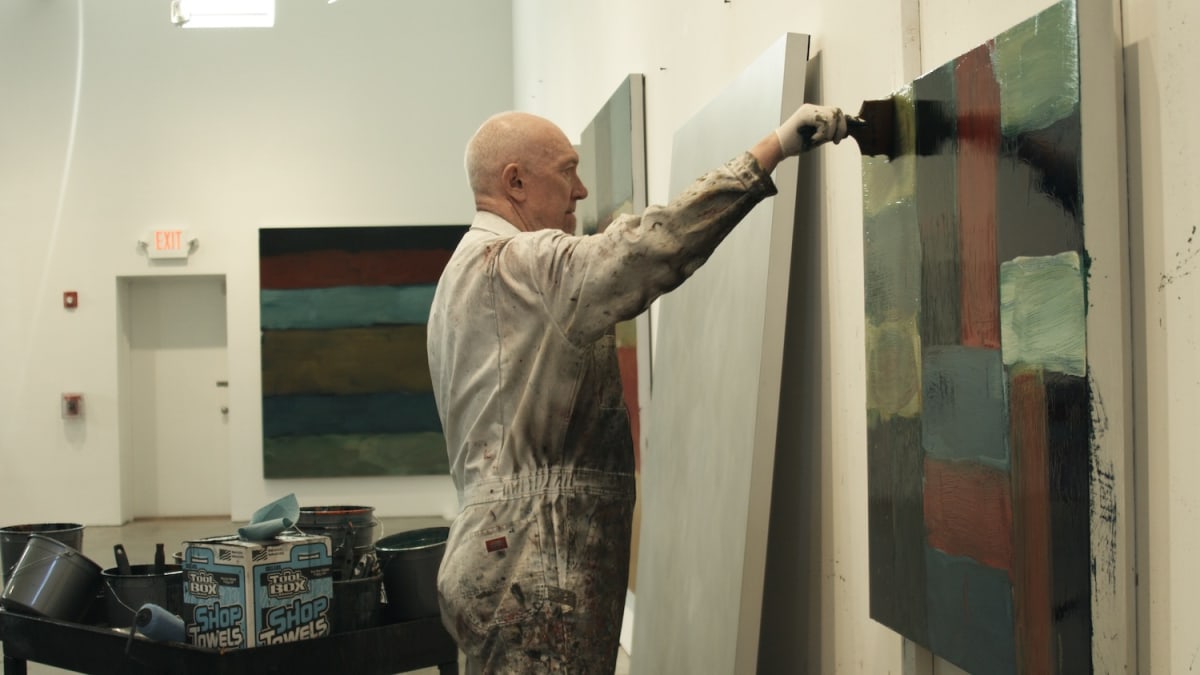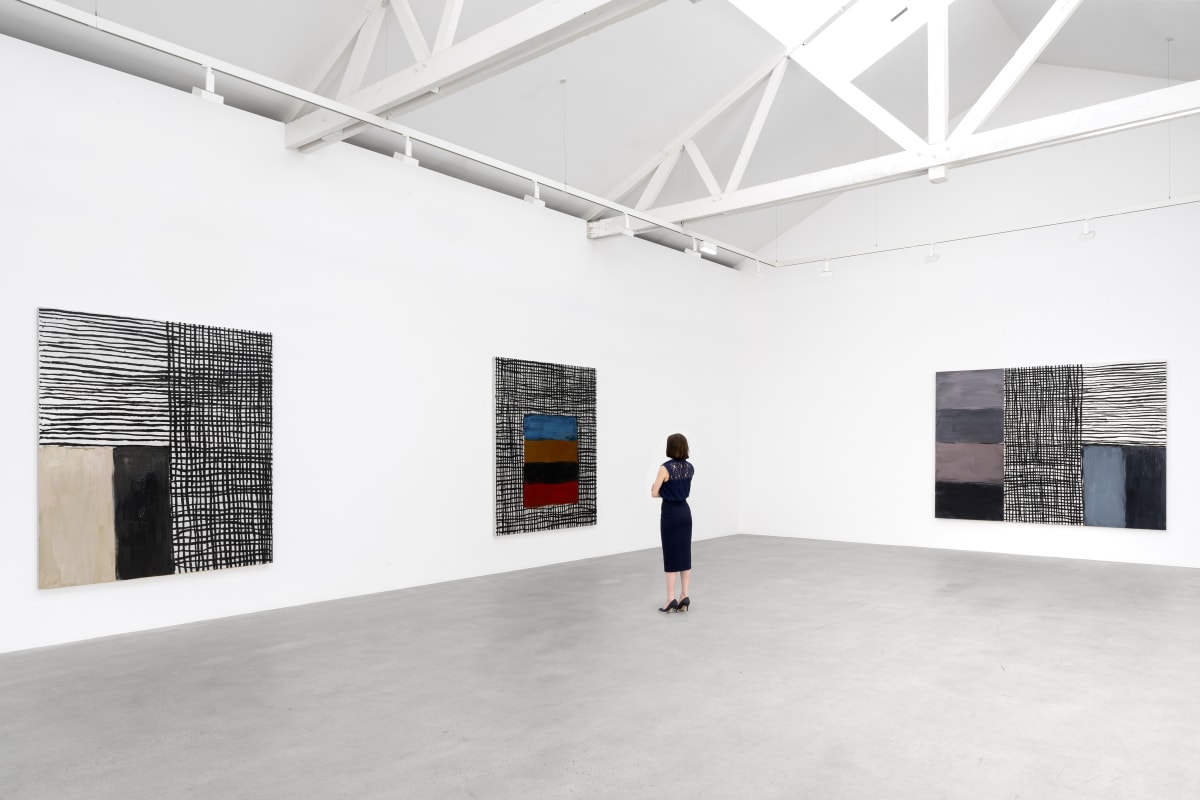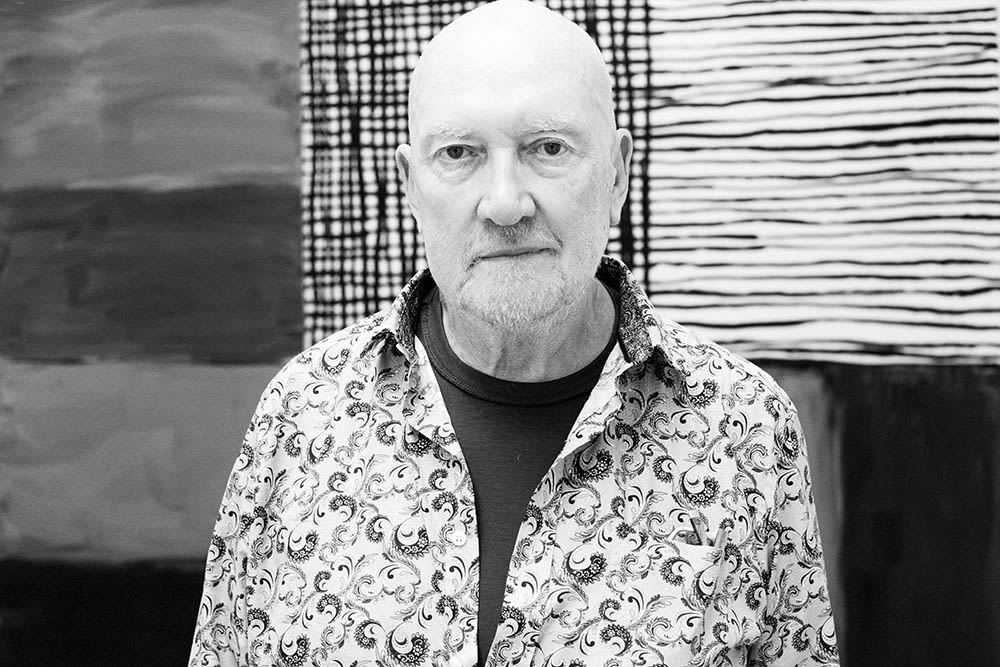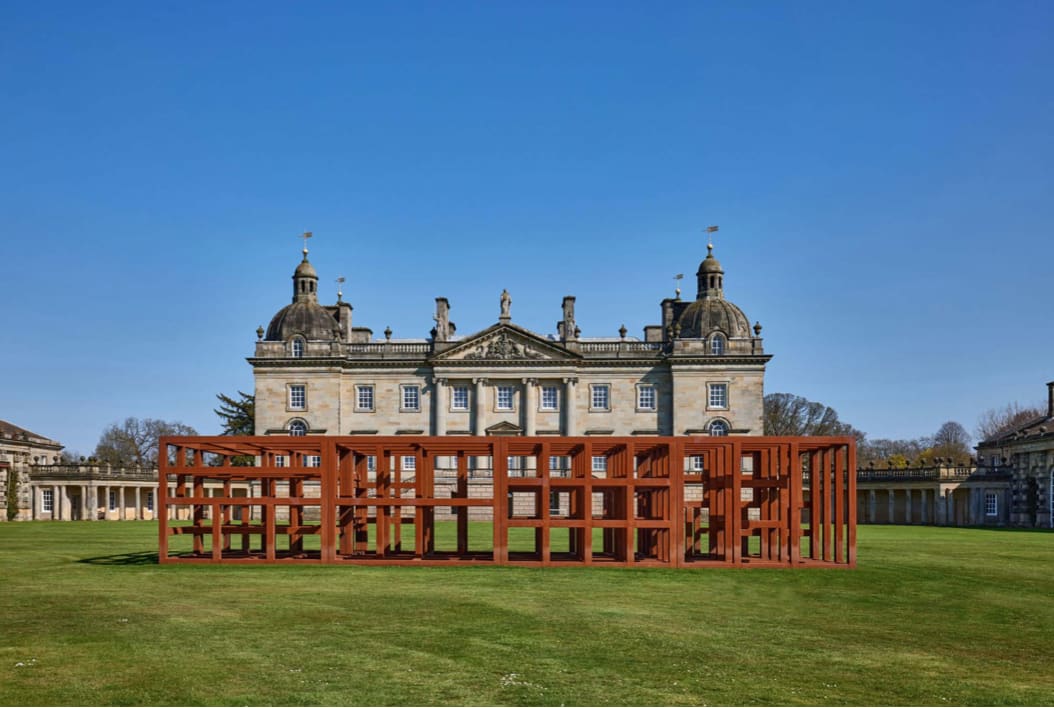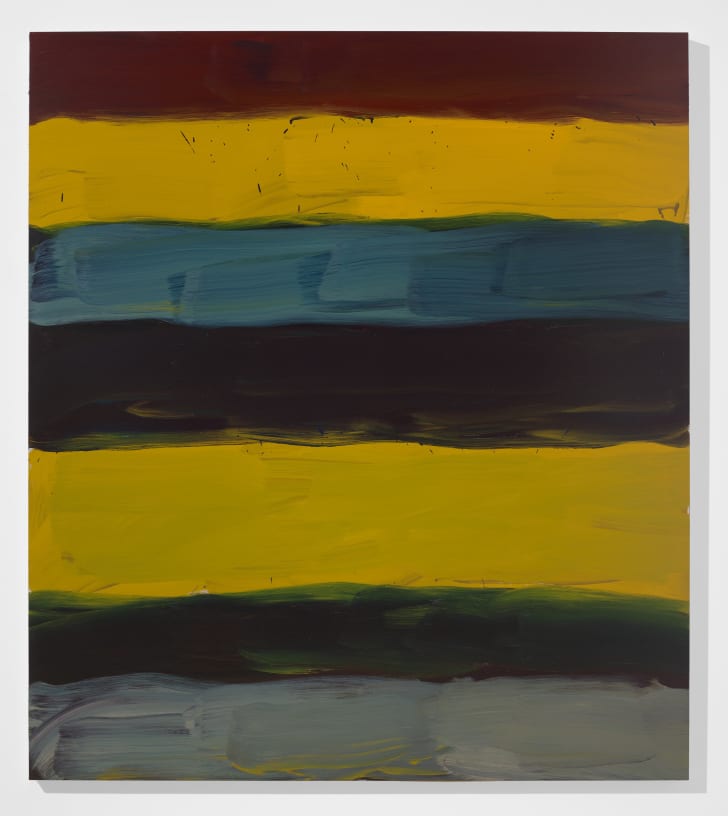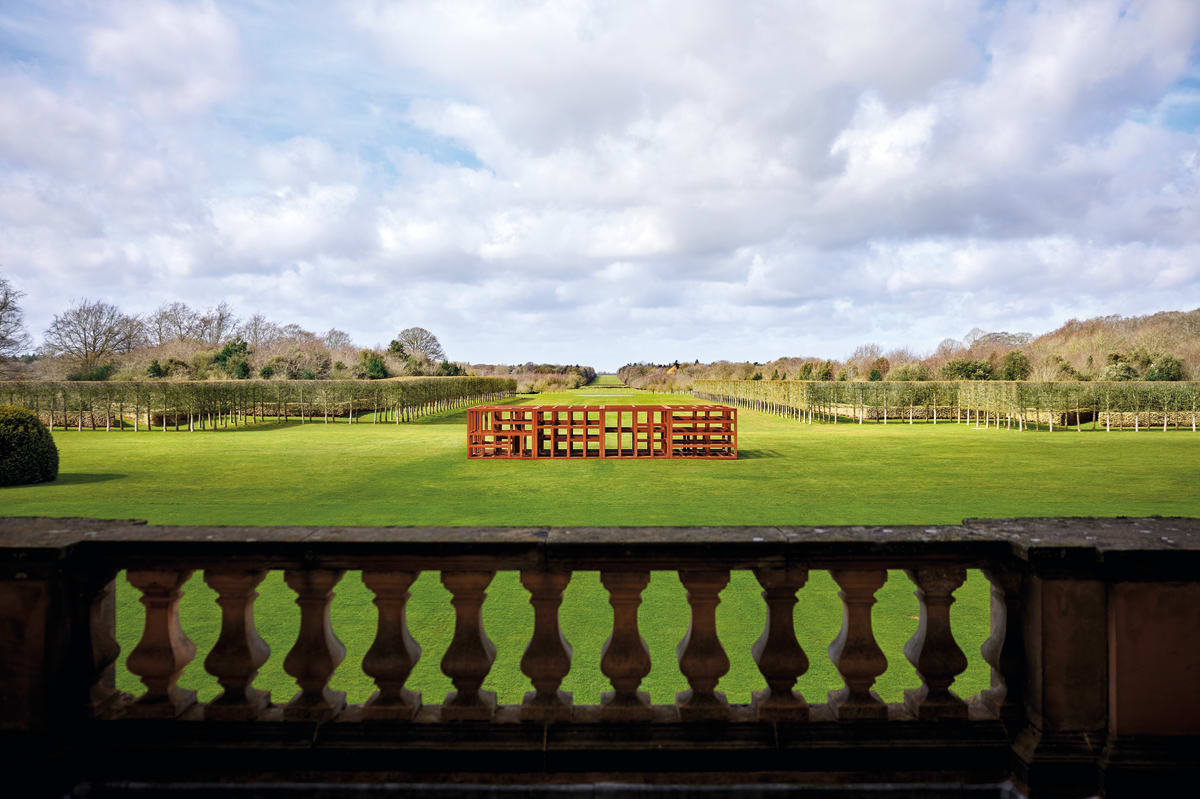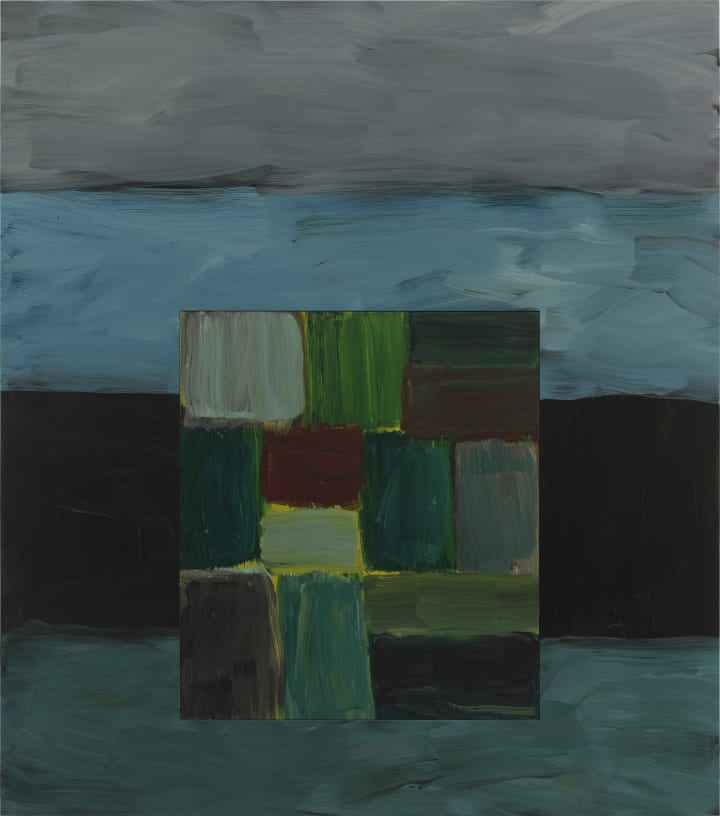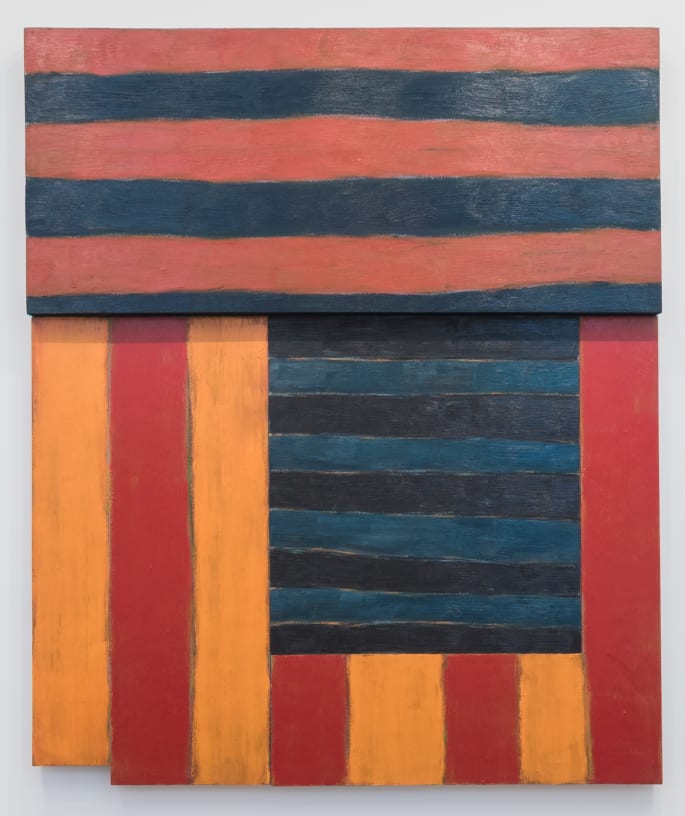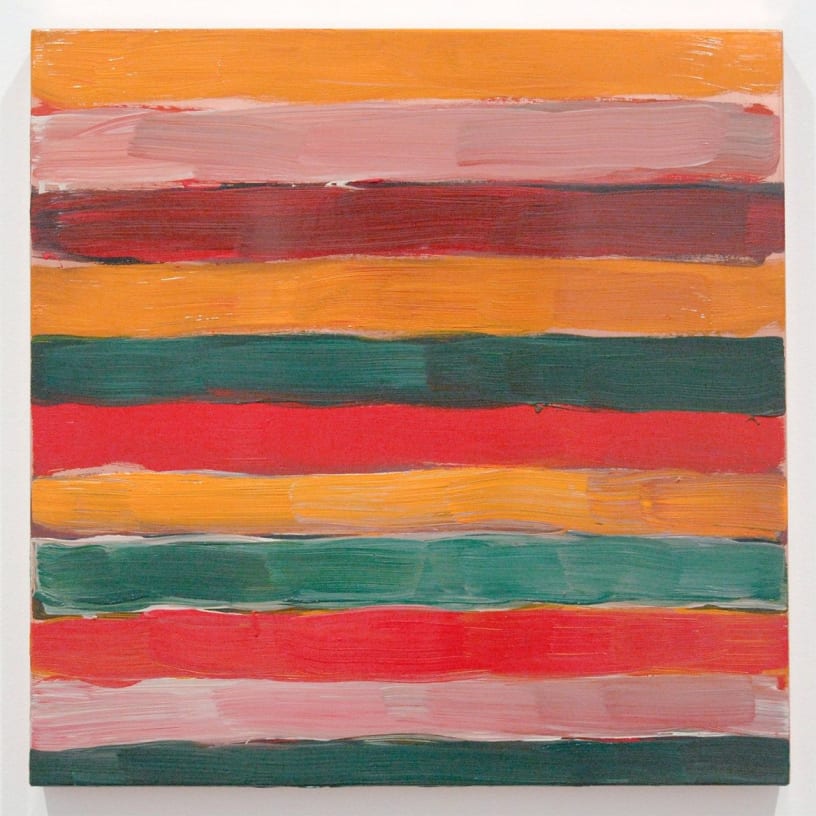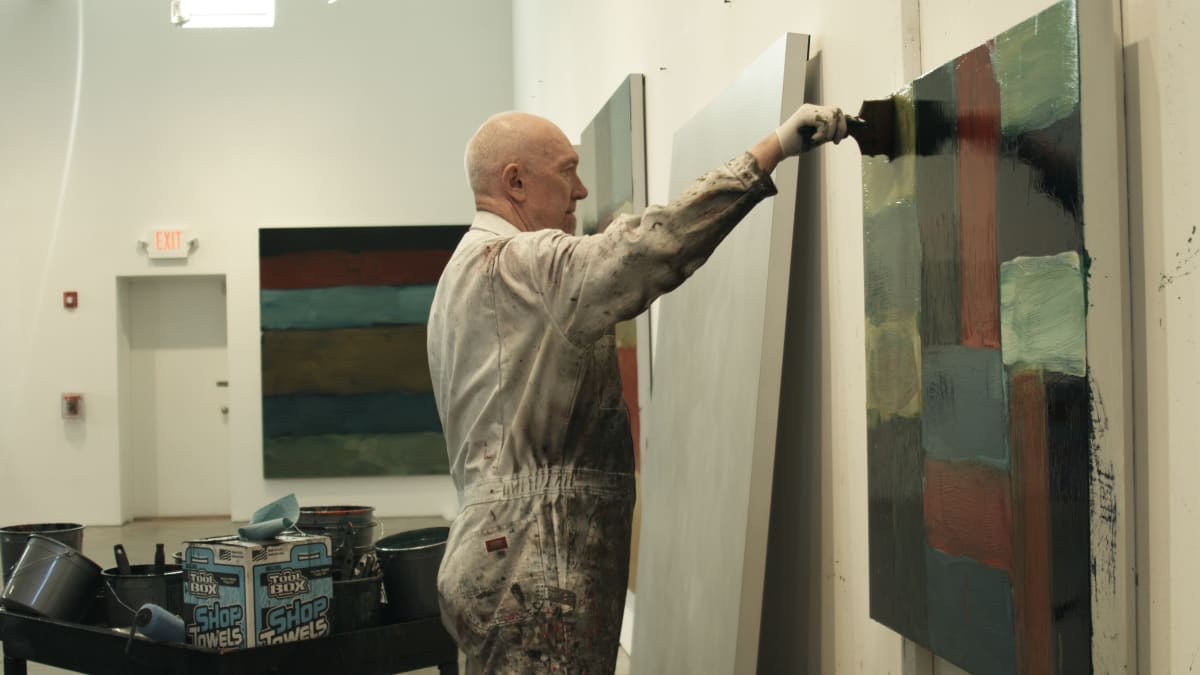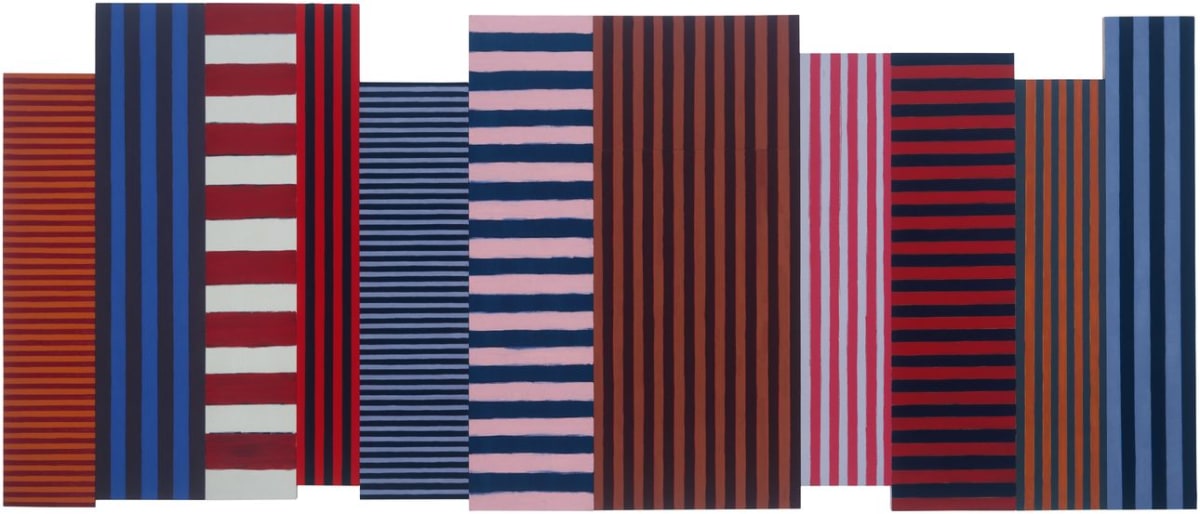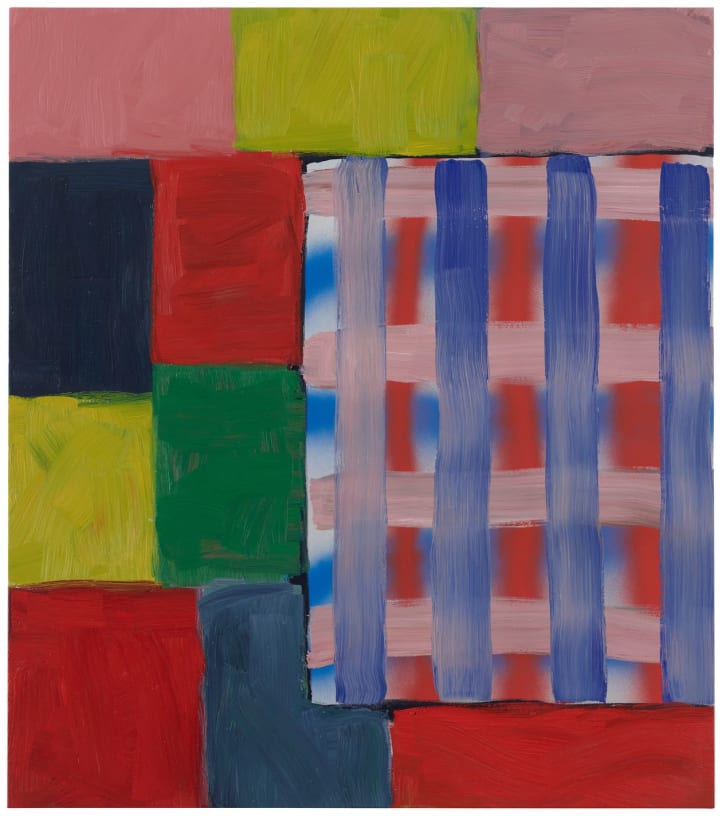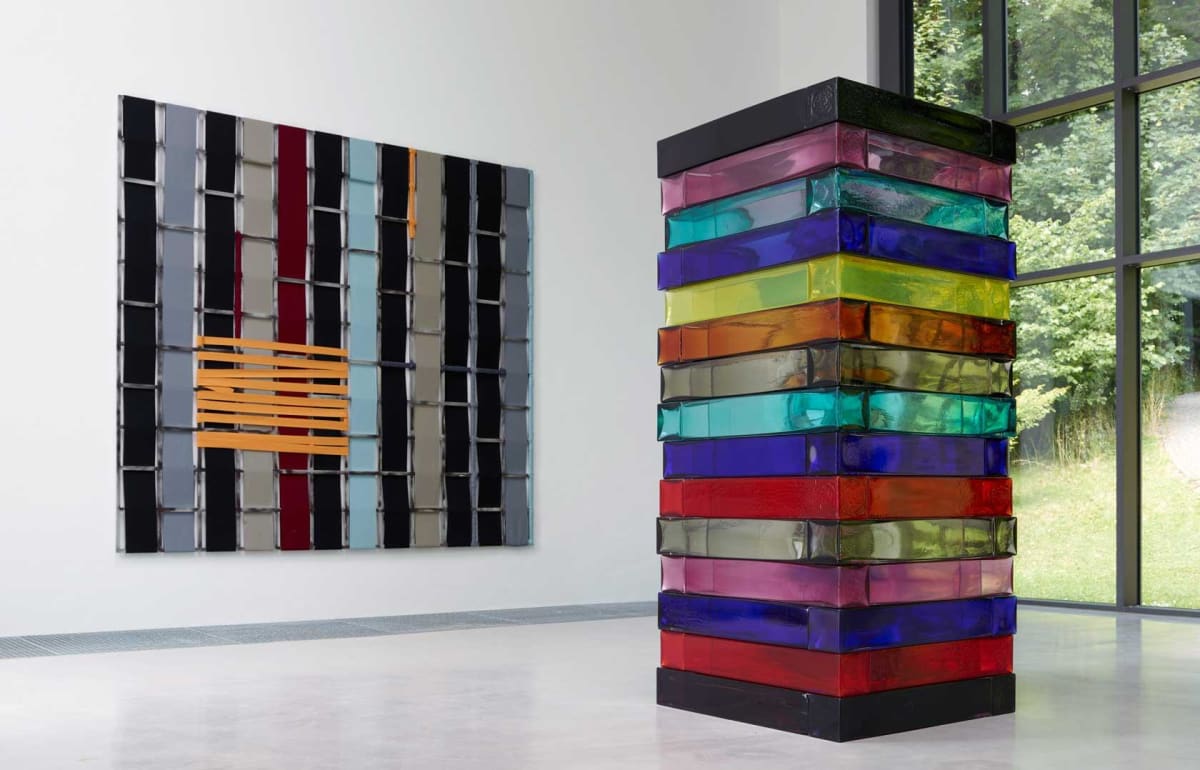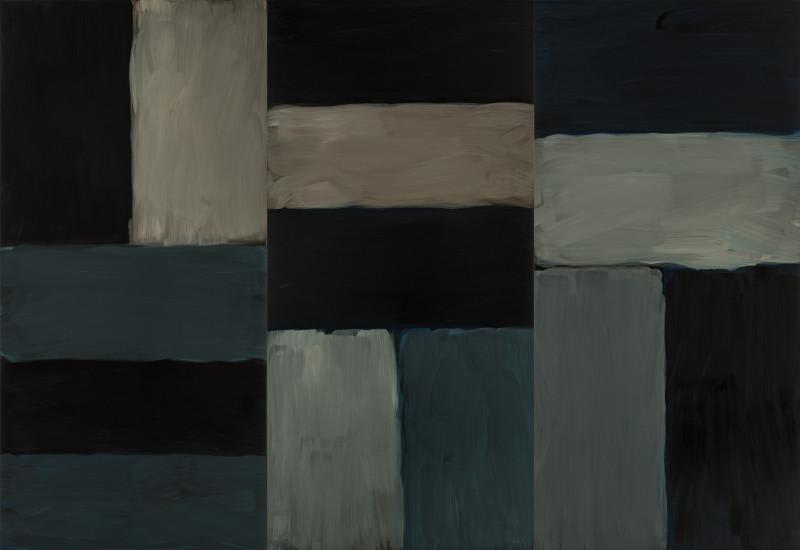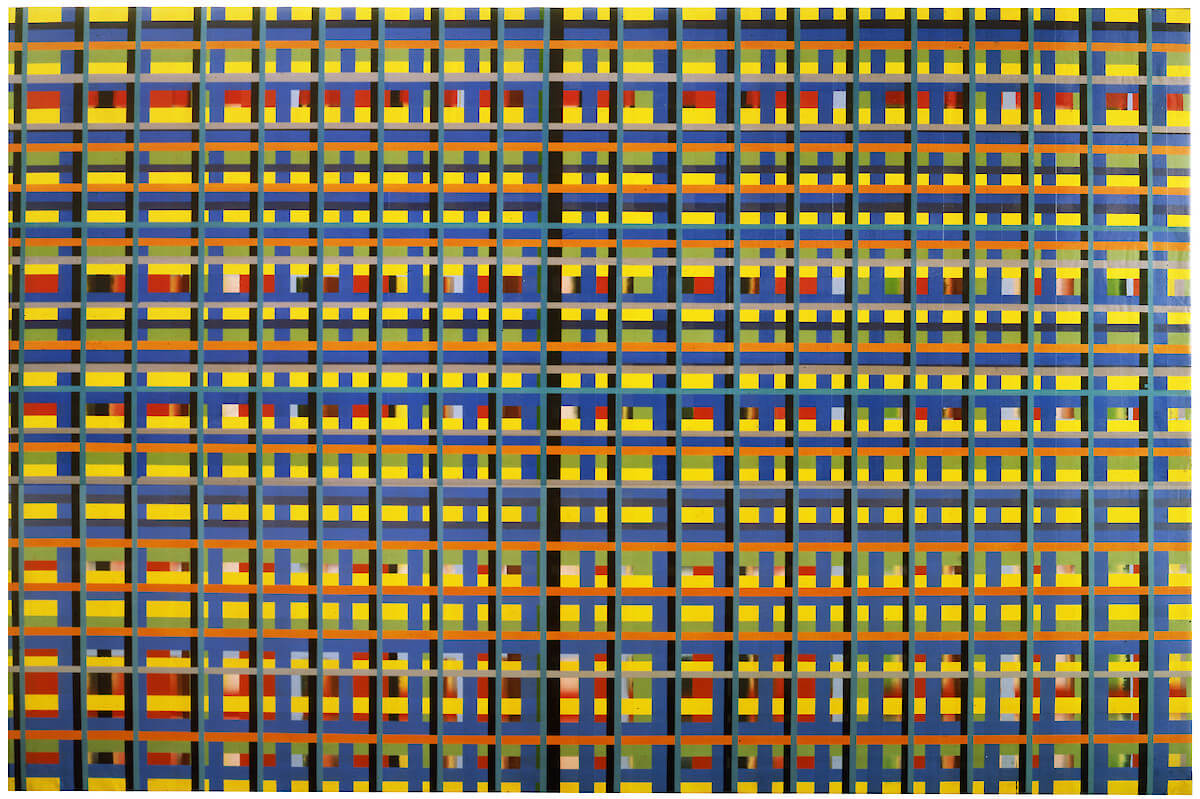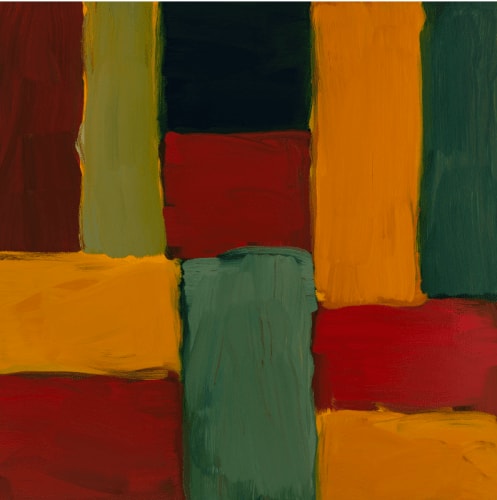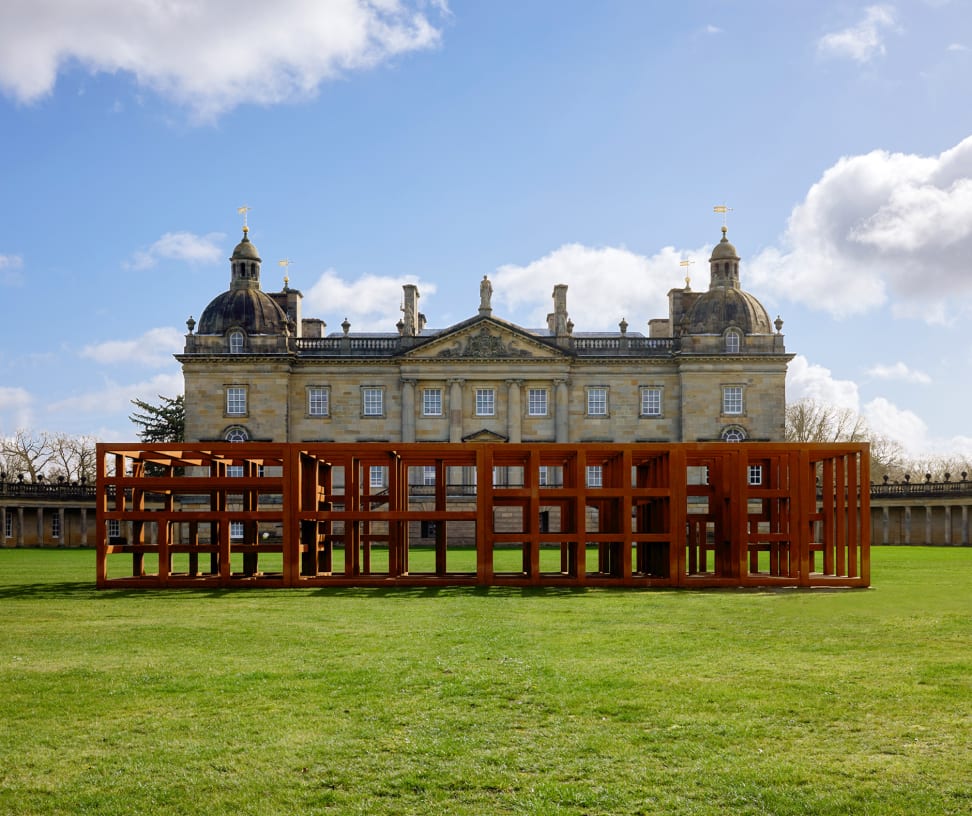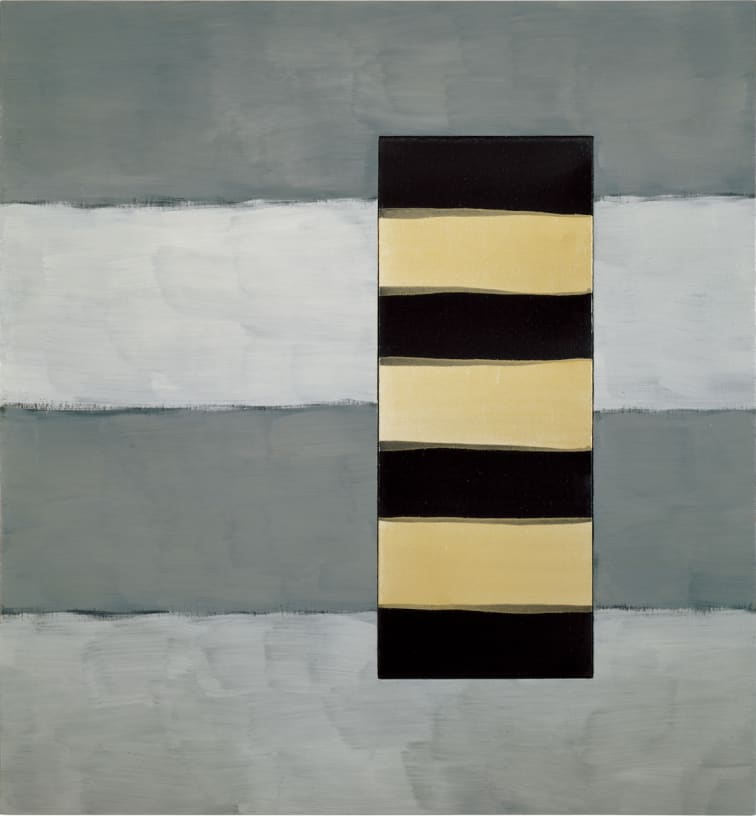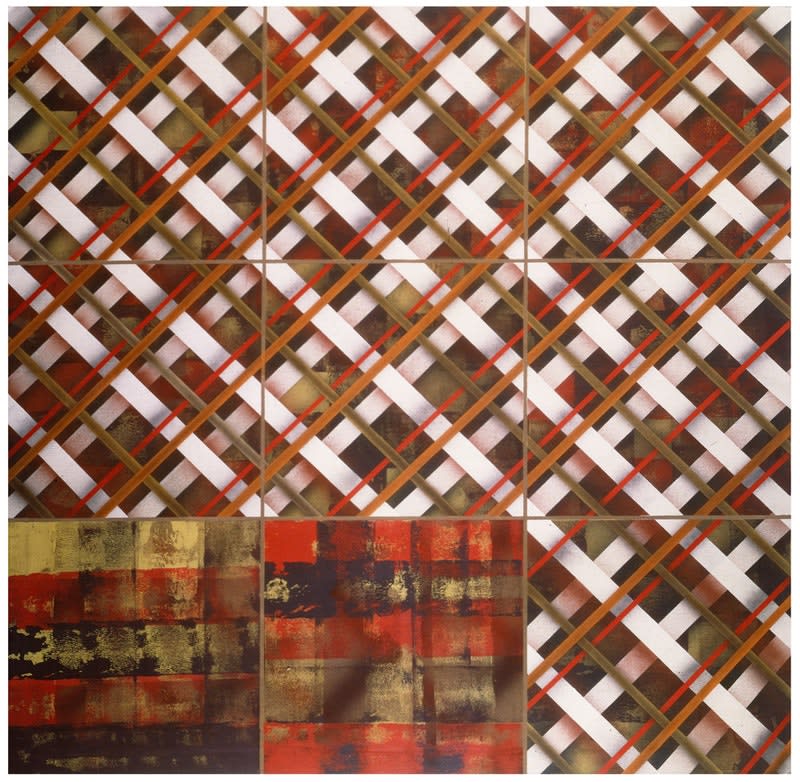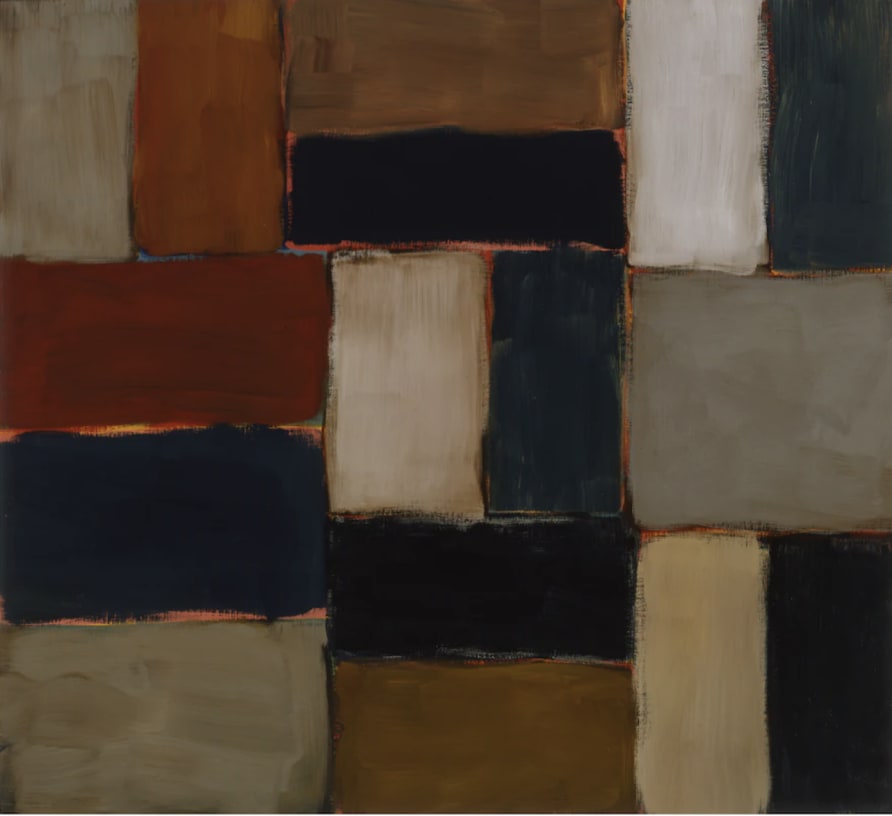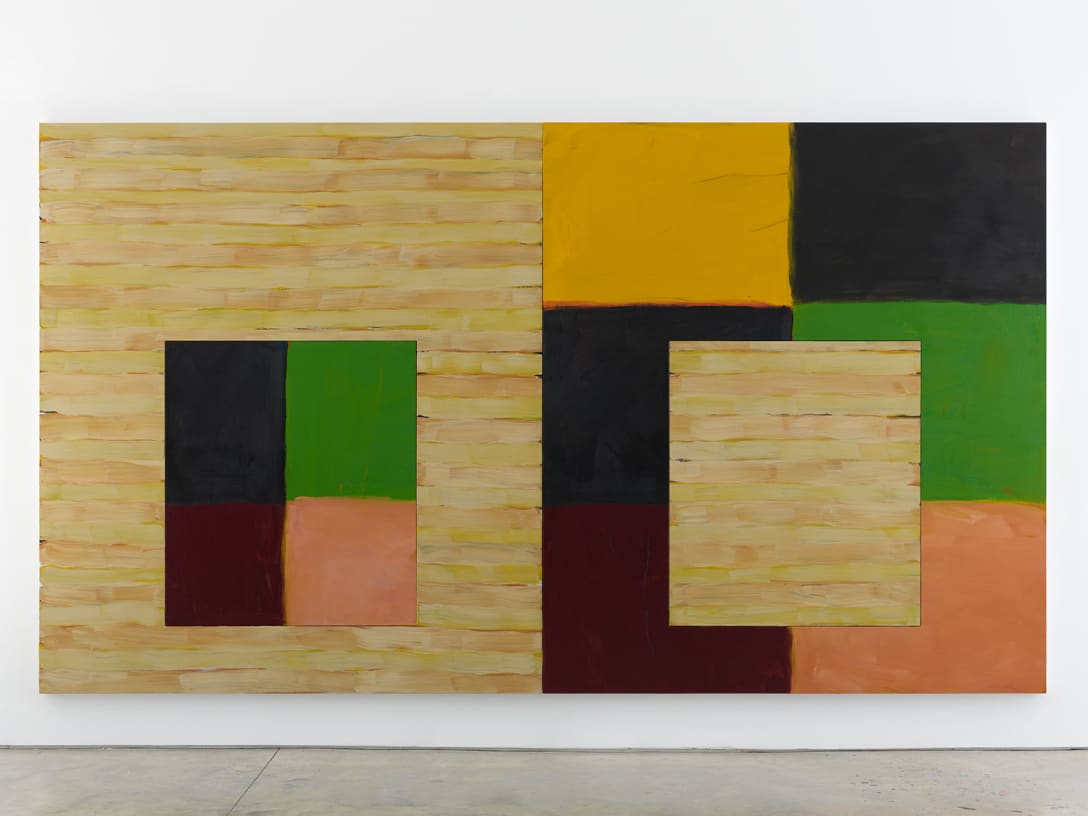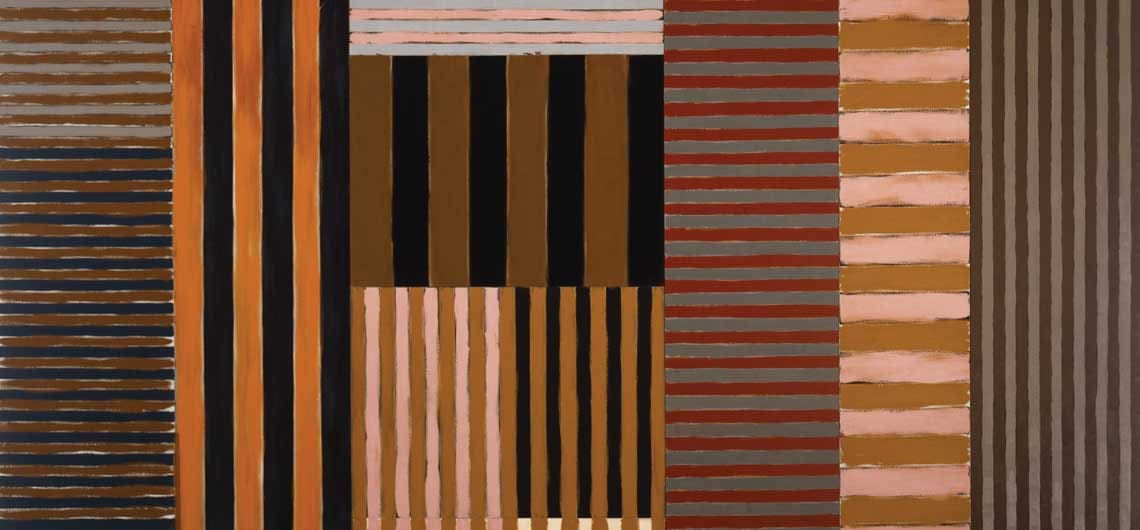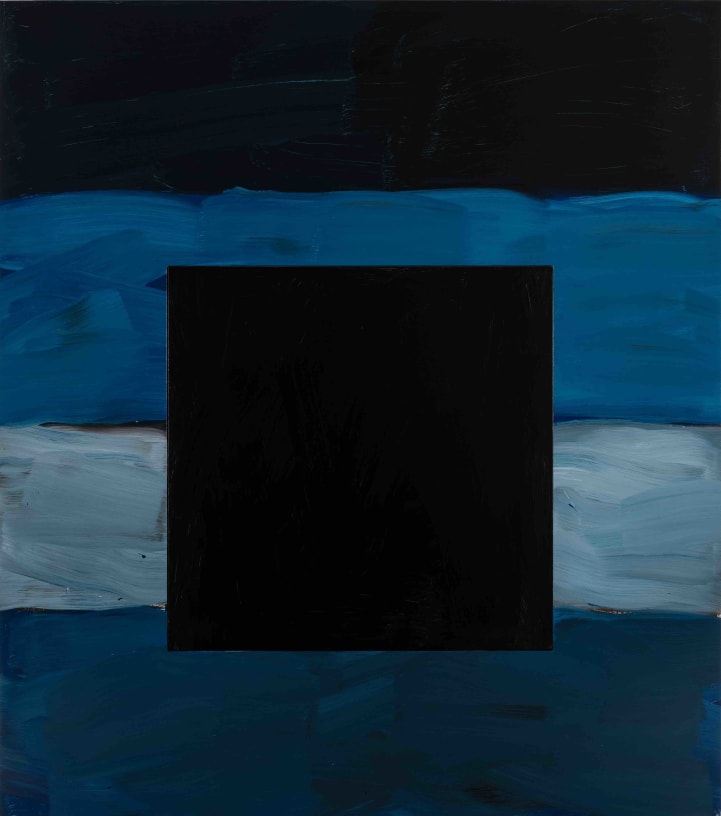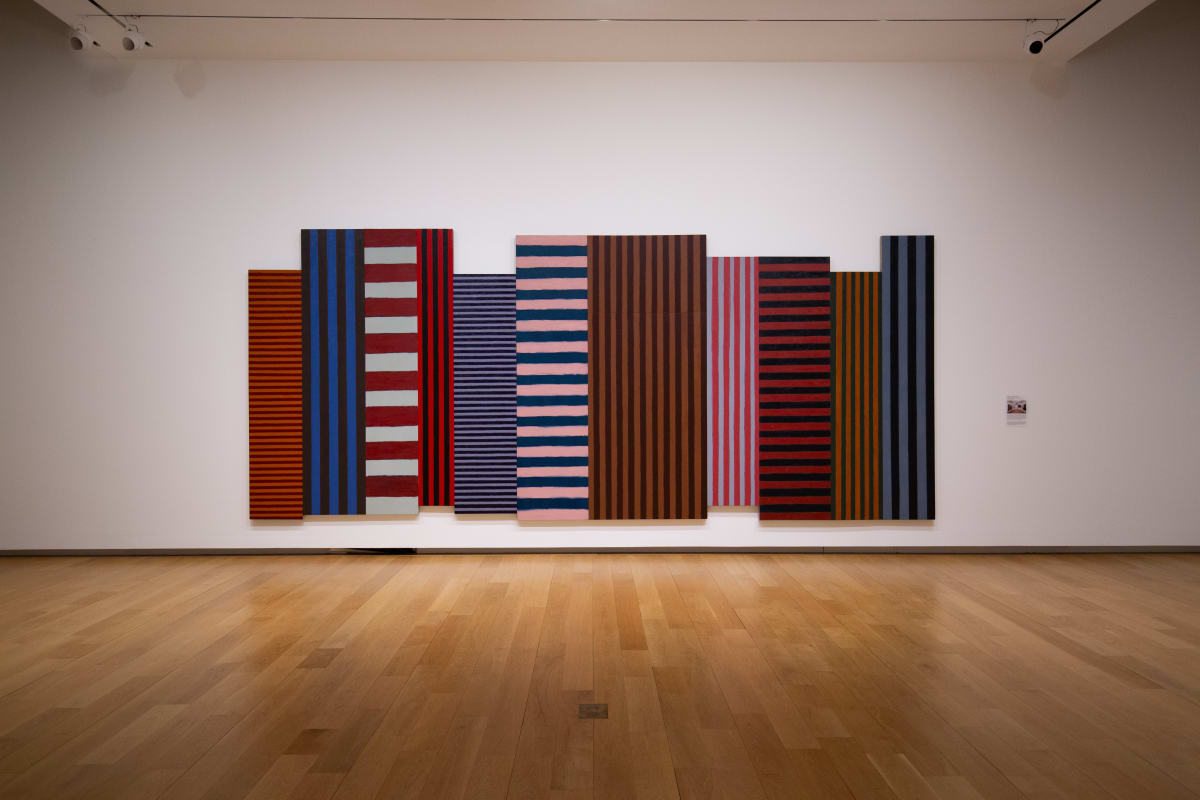

Sean Scully
Overview
'My paintings talk of relationships. How bodies come together. How they touch. How they separate. How they live together, in harmony or disharmony. My paintings tell stories that are an abstracted equivalent of how the world of human relationships is made and unmade.'
Over the course of his 50-year career, Sean Scully has created an influential body of work that has marked the development of contemporary abstraction. Fusing the traditions of European painting with the distinct character of American abstraction, his work combines painterly drama with great visual delicacy. Often structured around stripes or layered blocks of colour arranged on horizontal and vertical axes, the layers in his paintings attain a fine balance between calm reflection and an intrinsic vitality.
A forceful, physical artist, Scully creates intentionally compelling spaces, and his art is defined by acute concentration and care, involving constant negotiation between the monumental and the intimate. While giving primary importance to the physicality of the materials he employs, his art is commanded by the idea of humanity’s betterment, and at the heart of each rigorously composed work lies a near-infinite number of expressive, emotional fluctuations.
During a trip to Morocco in 1969, Scully was strongly influenced by the rich colours of the region, which he translated into the broad horizontal stripes and deep earth tones that characterise his mature style. Following fellowships in 1972 and 1975 at Harvard University, he permanently relocated to New York. In the early 1980s, he made the first of several influential trips to Mexico, where he used watercolour for the first time in works inspired by the patterns of light and shadows he saw on the stacked stones of ancient walls. The experience had a decisive effect on him and prompted his decision to move from Minimalism to a more emotional and humanistic form of abstraction.
Over the course of his 50-year career, Sean Scully has created an influential body of work that has marked the development of contemporary abstraction. Fusing the traditions of European painting with the distinct character of American abstraction, his work combines painterly drama with great visual delicacy. Often structured around stripes or layered blocks of colour arranged on horizontal and vertical axes, the layers in his paintings attain a fine balance between calm reflection and an intrinsic vitality.
A forceful, physical artist, Scully creates intentionally compelling spaces, and his art is defined by acute concentration and care, involving constant negotiation between the monumental and the intimate. While giving primary importance to the physicality of the materials he employs, his art is commanded by the idea of humanity’s betterment, and at the heart of each rigorously composed work lies a near-infinite number of expressive, emotional fluctuations.
During a trip to Morocco in 1969, Scully was strongly influenced by the rich colours of the region, which he translated into the broad horizontal and vertical stripes and deep earth tones that characterise his mature style. Following fellowships in 1972 and 1975 at Harvard University, he permanently relocated to New York. In the early 1980s, he made the first of several influential trips to Mexico, where he used watercolour for the first time in works inspired by the patterns of light and shadows he saw on the stacked stones of ancient walls. The experience had a decisive effect on him and cemented his move away from Minimalism and towards a more emotional and humanistic form of abstraction.
In 1998, following additional trips to Mexico, Scully began to create his landmark Wall of Light series. These works were shown in 2005–07 at The Phillips Collection, Washington, D.C.; Modern Art Museum of Fort Worth, Texas; Cincinnati Art Museum, Ohio; and The Metropolitan Museum of Art, New York. In recent years, Scully has also increasingly turned to sculpture, creating monumental structures that engage with the unique energy and history of their locations. Stacks of coins and beams, rusted steel grids and walls of interlocking bricks – the sculptures expand towards the sky and along the landscape, giving a spatial dimension to Scully's colouristic exploration of materials and form.
Born in Dublin, Scully studied at Croydon School of Art and Newcastle University in the UK, where he began experimenting with abstraction. His work has been exhibited in prestigious institutions worldwide, including the Bibliothèque Nationale de France, Paris; Museo de Arte Moderno, Mexico City; Museum of Modern Art, New York; National Gallery, London; National Gallery of Australia, Canberra; National Gallery of Ireland, Dublin; Philadelphia Museum of Art; Scottish National Gallery of Modern Art, Edinburgh; Smithsonian American Art Museum, Washington, D.C.; and The Metropolitan Museum of Art, New York, among others. In 2014 he was the first Western artist to receive a major retrospective at the Shanghai Himalayas Museum and at the Central Academy of Fine Arts, Beijing.
Videos




Artworks
Publications

Sean Scully









